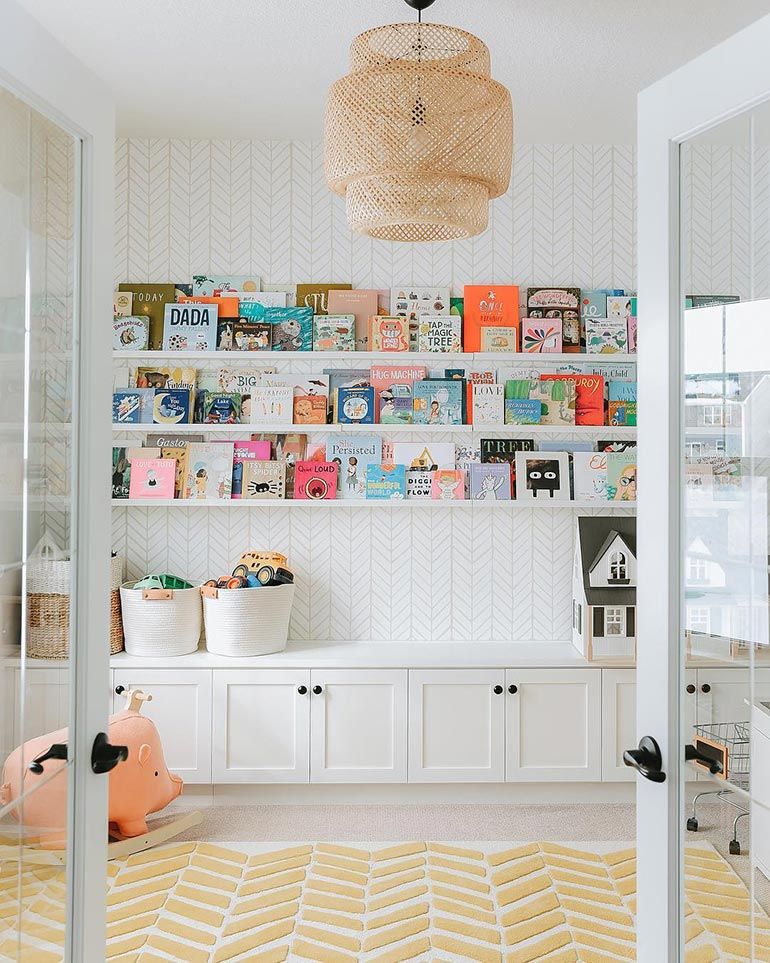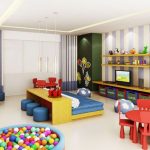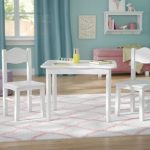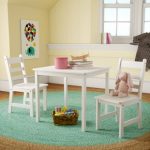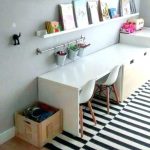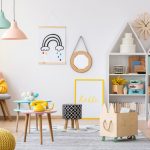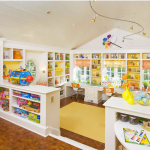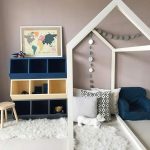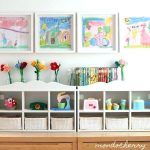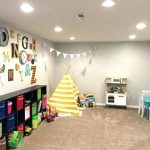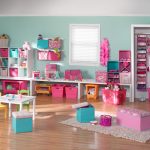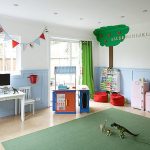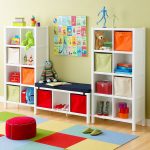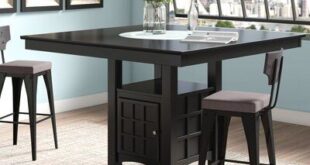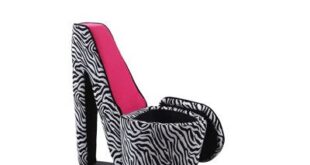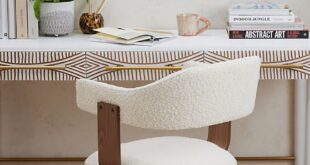A kids playroom is an essential space in any family home where children can let their imaginations run wild and engage in creative play. This room is a designated area where kids can safely play, learn, and have fun without worrying about making a mess or breaking anything. Creating a functional and inviting playroom for your little ones can be a fun and rewarding project that will benefit both you and your children.
When designing a kids playroom, it’s important to consider the age and interests of your children. For younger kids, a playroom filled with soft cushions, colorful toys, and picture books can create a cozy and stimulating environment for them to explore and play. Older children may benefit from a playroom that includes a reading nook, board games, art supplies, and space to build and create.
Organizing a playroom is key to making sure that it remains a safe and enjoyable space for kids. Utilize storage bins, shelves, and labeled containers to keep toys, books, and art supplies organized and easily accessible. Consider implementing a rotation system for toys to keep things fresh and encourage creativity. This will also help prevent clutter and make clean-up easier for both parents and children.
Incorporating educational elements into a playroom can also be beneficial for children’s development. Consider adding a chalkboard wall for drawing and writing, a small table for arts and crafts, or a mini-library with age-appropriate books. Educational toys and games can also be a fun way to reinforce learning concepts and engage children in interactive play.
Decorating a kids playroom should be a collaborative effort between parents and children. Let your kids choose their favorite colors, themes, and decorations to make the space uniquely theirs. Consider painting an accent wall in a bright color or adding fun decals or murals to spark their imagination. Personalizing the playroom will make it a special place where kids can feel comfortable and inspired to play.
Finally, make sure to regularly assess and update the playroom to meet the changing needs and interests of your children. As they grow and develop, their play preferences may evolve, so be open to making adjustments to the space as needed. Creating a dynamic and engaging playroom for kids will not only provide them with a safe and stimulating environment to play in but also promote their cognitive, social, and emotional development.
 redboth.com Decoration ideas for your home
redboth.com Decoration ideas for your home
